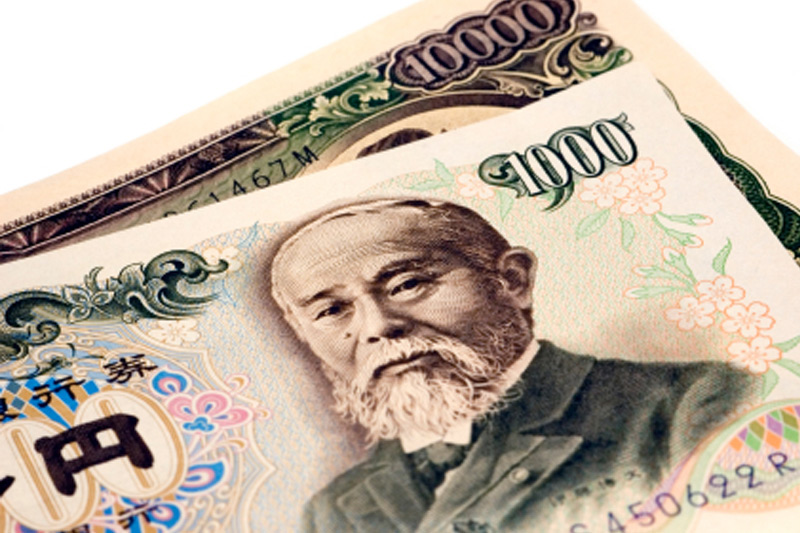TPI Composites files for Chapter 11 bankruptcy, plans delisting from Nasdaq
* Yen soars to three-year high with 3% jump
* Euro jumps more than 1% as U.S. yields crater
* FX volatility surges as carry trades unwound
* Oil-exposed currencies plunge
* Graphic: World FX rates in 2019 http://tmsnrt.rs/2egbfVh
By Tommy Wilkes and Tom Westbrook
LONDON/SINGAPORE, March 9 (Reuters) - The dollar fell 3%
against the Japanese yen and commodity-linked currencies tanked
on Monday, as a 30% crash in the oil price and tumbling stock
markets panicked investors and sent currency prices swinging
wildly.
A gauge of volatility in the euro/dollar market - the
world's most-traded currency pair - shot to its highest since
April 2017 as the euro surged more than 1% to its strongest
since January 2019.
Dollar-yen one-month implied volatility surged to an 11-year
high at 8.8% JPY1MO=FN as the dollar slid to its weakest since
2016.
Investors are dumping dollars because of the collapse in
U.S. Treasury yields. The benchmark yield is at 0.47%, after
trading above 1% a few days earlier, as traders shed risky
assets and head for the safety of government bond markets.
Oil prices fell 30% after Saudi Arabia pledged to slash
prices and boost production following the collapse of an OPEC
supply agreement. O/R
That unnerved investors already rattled by more than a weak
of wild moves in markets, as they struggled to assess the
economic damage caused by the coronavirus.
"Financial markets have suffered a rude awakening to notions
that volatility was a thing of the past. We're now seeing the
kind of market dislocation not witnessed since the 2008-09
global financial crisis," ING analysts said, describing the
set-up as a "perfect storm" for currency markets.
"This all conspires to deliver an extreme flight to safety,
into the likes of the JPY and the CHF," they wrote.
In hectic trade, the dollar fell 3% against the yen to
101.58 JPY=EBS , its lowest in more than three years. The euro
EUR= was last up 1% at $1.1408 after earlier touching $1.1495.
The dollar index dropped to its weakest since September 2018
before recovering somewhat to trade at 95.181, down 0.3% =USD .
The Swiss franc added nearly 1% against the dollar CHF=EBS
but was flat versus the euro EURCHF=EBS .
Some of the biggest moves were in currencies linked to oil
prices.
Norway's crown tumbled to record lows. The euro added nearly
5% to 10.997 EURNOK=D3 and the dollar gained more than 3% to
9.5455 crowns NOK=D3 . Canada's dollar dropped 1.3% to C$1.3606
CAD=D3 . The Russian rouble RUB= and Mexican peso MXN= each
fell as much as 6% against the dollar.
The Australian AUD=D3 and New Zealand NZD=D3 dollars
fell nearly 2%.
"It is totally wild," said Shafali Sachdev, head of FX Asia
at BNP Paribas Wealth Management in Singapore. "This is not a
train I want to be getting in front of, and how long it
continues and where it goes from here is going to depend on how
the situation evolves."
Further stock decline could drive even more gains in funding
currencies, she said.
So far, the yen is headed for its largest three-day gain
since the 2008 financial crisis. It is up 9.4% in a dozen
trading days.
The gain is bad news for exporters and has raised concerns
among policymakers in Japan. A senior finance official warned
that authorities were closely watching trade.
In times of low volatility - and currency market volatility
has been at or near record lows for several years - investors
borrow heavily in low- or negative-yielding currencies like the
euro and yen to buy higher-yielding FX elsewhere.
Sudden risk aversion and volatility send investors panicking
to reverse those positions, causing wild moves in currencies.
U.S. dollar vs Japanese yen https://tmsnrt.rs/3cHaTBt
^^^^^^^^^^^^^^^^^^^^^^^^^^^^^^^^^^^^^^^^^^^^^^^^^^^^^^^^^^^>
